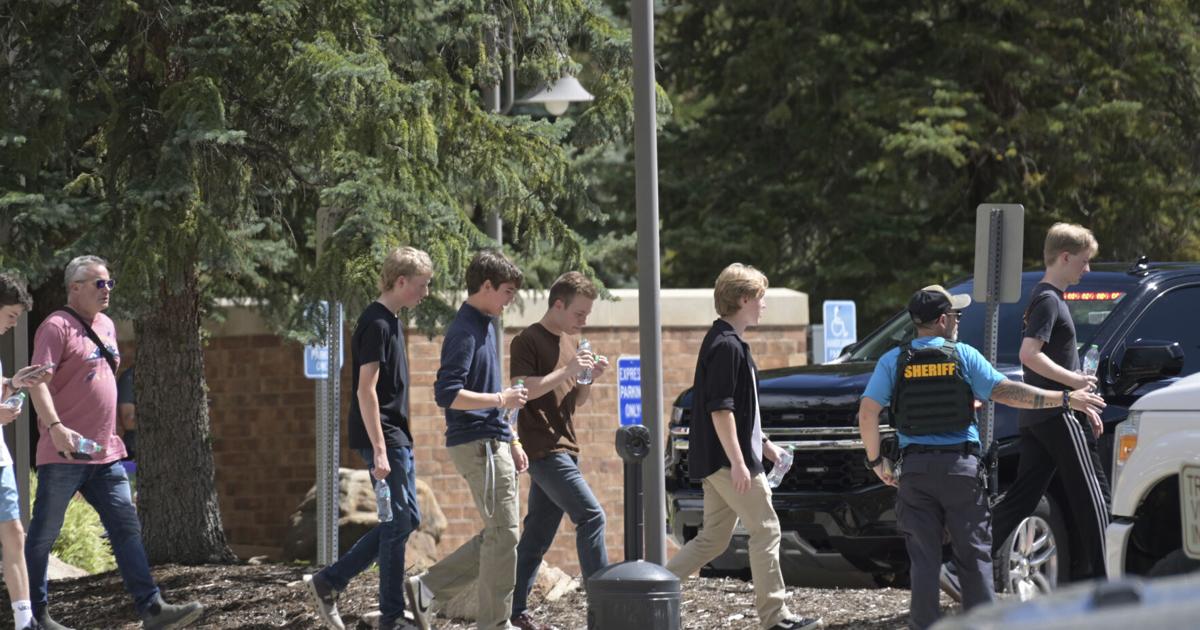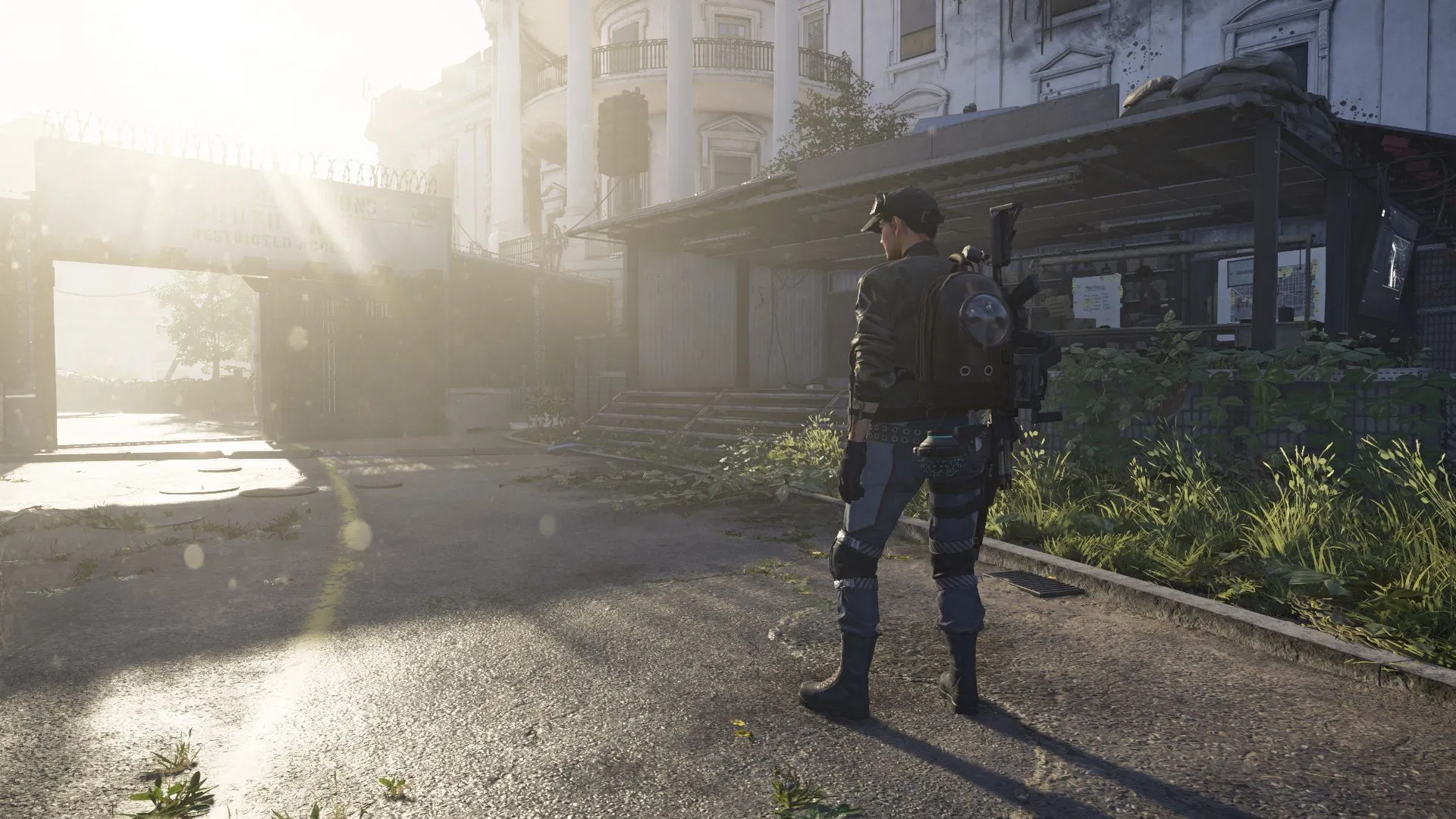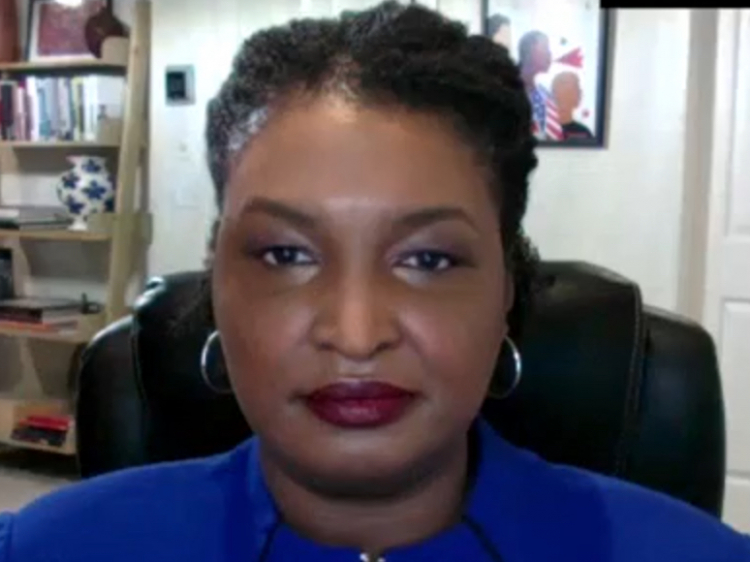By Tony Messenger
Copyright stltoday

Tony Messenger | Post-Dispatch
My two oldest children had their first school lockdown at Bergen Elementary.
That school, in Evergreen, Colorado, last week served as the staging area for parents to pick up their children after the nation’s latest school shooting at nearby Evergreen High School. As far as school shootings go, the one in Evergreen was barely a ripple in the national news cycle. In part, that’s because the only death was the shooter. Mostly, it’s because there was a second school shooting that same day, at Utah Valley University, in which conservative commentator Charlie Kirk was assassinated.
Kirk’s death has soaked up most of the media coverage, and fairly so. America has suffered a spate of politically motivated killings in the past year, including the murders of Minnesota state Rep. Melissa Hortman and her husband. Hortman was a Democrat; Kirk was a Republican. In a divided political time, their deaths have spurred even more political division. Some of it has emanated from the White House, where President Donald Trump, who virtually ignored Hortman’s assassination, has blamed “leftists” for Kirk’s death.
The truth about most school shootings is the blame goes first to America’s gun culture, and second to an increasingly dangerous online world. Lost young men, like the ones involved in recent shootings, can be radicalized in a hidden internet-chat world awash with antisemitism, racism and the glorification of violence.
There was a time, like when my children were locked down at Bergen Elementary, when “school shooting” was hardly a phrase in the American lexicon. Neither was “staging area,” or the ever-present lockdown drills in every school, drills that apparently saved lives in Evergreen.
My children’s lockdown was caused by a different sort of intruder. It happened a couple of years before the infamous shooting at Columbine High School in April 1999. A bear wandered down from Elk Meadow, a large open-space park across the street from Bergen Elementary. The bear meandered in the playground and eventually climbed a tree.
I showed up with my notebook and camera about the same time as the conservation agent. When she went to her trunk to grab a shotgun, the bystanders were horrified. “Don’t shoot the bear!” they demanded.
The agent loaded her weapon with rubber bullets. She planned to plunk the bear in his hind quarters and send him on his way.
Journalists lined the highway with cameras, and police positioned themselves on the opposite side in case anything went wrong. The agent shot the bear, and he hopped out of the tree, climbed the fence and wandered back to the park.
A quarter of a century later, the scene at Bergen Elementary was much more chaotic and tragic. Worried parents repeated the practice that has become ingrained in the American psyche. After Columbine, and Newtown. Uvalde. Parkland. Nashville. St. Louis.
It’s been almost three years since the shooting at Central Visual and Performing Arts School here, where 15-year-old Alexzandria Bell and 61-year-old teacher Jean Kuczka lost their lives. The aftermath was like the aftermath at nearly every other place that suffered a school shooting. Lots of thoughts and prayers. No real action, particularly on the one problem in nearly every school shooting: easy access to guns in the only country in the world that treats such events like a disease with no cure.
About a year after the St. Louis school shooting, the Archdiocese of St. Louis convened a day-long seminar to discuss gun violence and Catholic teaching around the topic. Tobias Winright, a professor of moral theology at St. Patrick’s Pontifical University in Ireland, presented a slide about all mass shootings (not just in schools) in America. There were more than 400 of them, leading to thousands of deaths. It’s a slide Winright is constantly updating.
Winright’s daughter was at CVPA the day of the shooting. She stepped over Bell’s body during the escape from the violence, texting updates to her parents as the scene was unfolding.
So it will be in the next school shooting in America, and the next one after that — with fearful students texting frantic parents, who will show up at a staging area to await word on whether their loved ones are alive.
We’ll share more thoughts and prayers. We’ll go back to yelling at each other in our social media spaces. And we’ll do nothing about the easy access to guns that are being used to assassinate political figures and slaughter our children.
“The data says so much,” Winright told a roomful of Catholics two years ago, “yet we will not listen to it.”
Messenger: Ballwin woman’s death won’t spur a red-flag debate in Missouri. It should.
Messenger: A call for unity amid rising antisemitism and Islamophobia in America
Messenger: I went to a gun safety talk. I ran into an even bigger moral problem.
Messenger: A grieving father urges fellow St. Louis Catholics to help battle gun violence
Messenger: Federal judge adds a touch of sanity to Missouri’s gun safety debate
Messenger: Moms Demand Action leader says Missouri should check the data on gun safety
Messenger: St. Louis school shooting applies a different lens to public safety debate
Messenger: St. Louis faith leaders plead for gun safety and to ‘stir up the courage’



